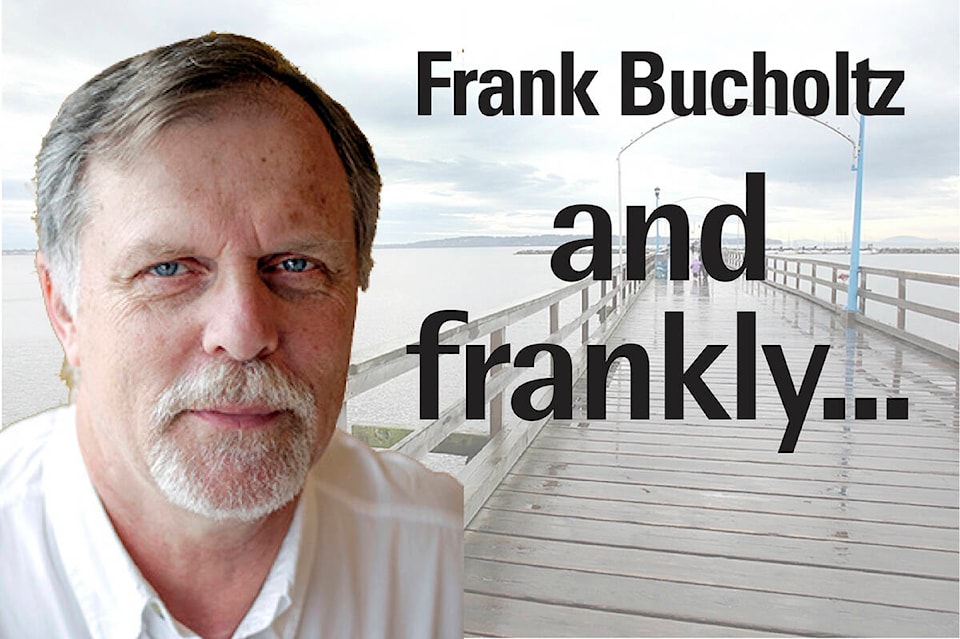The Christmas season has long been a time for giving in Surrey and North Delta. Nowadays, giving beyond the immediate circle of family and friends takes many forms. This year, food banks are in particular need, with so many people affected by high housing costs and grocery inflation. Surrey Food Bank, Sources in South Surrey and White Rock, Cloverdale Community Kitchen and Deltassist all do amazing work in helping provide food for those in need.
Giving goes back a long ways, and is something which is part of virtually every culture. This is typified by the Sikh langar, the kitchen found in every temple, where no one seeking a meal will be turned away.
Some fascinating stories of giving in Surrey’s earlier days were passed on to me by Annie Kaps, a member of the well-known Cindrich family. They were part of a significant Slavic community. Many lived in the Newton, Bear Creek and Strawberry Hill areas (much of northwest Surrey).
Many Slavs and people of other backgrounds (including a fair number of Japanese farmers before the Second World War) were often known as stump farmers. Their properties were covered with stumps and slash from earlier logging days. This meant a lot of work, almost all by hand, to make space for gardens, pasture and other needed improvements.
Annie has particular memories of one family, John and Izabella (Bennett) Morton. This family was all about giving, and one year was highlighted on CBC as the Christmas family for all of Canada.
The Cindrich family were particular beneficiaries of their generosity. When Annie’s mother Kate was widowed in 1957 at the age of 48, with seven children ranging in age from a toddler to teens, it was John who saw that Annie got a job, and Izabella used the Morton vehicle to ensure that there were always groceries on hand.
She did more than that. She helped Annie’s mother cure a coughing cow by using old sheets and boxes of mustard powder to make a mustard plaster.
The Mortons purchased a Volkswagen van to haul their big family of children and foster children all over the place, including annual vacations. Those were a rarity in those days.One foster son was so well-treated that his requested gift when graduating from high school was to be adopted by the Mortons. His wish came to fruition. The Mortons had 36 foster children over the years, and also sponsored a Laotian family of seven to come to Canada at a time of conflict in Southeast Asia.
In 1955, John received a ticket and $50 fine from the Public Utilities Commission for offering rides to neighbours to get to their jobs. Bus service was spotty and not everyone had a car. When this story appeared on page 1 of the Aug. 18, 1955 Leader, he received $50 anonymously in the mail. He also took early retirement from his employer when it engaged in layoffs – he wanted the company to keep a young man with a family employed instead.
The Morton property was purchased with financing provided through the Veterans’ Land Act, available to veterans of the Second World War. This program was very well-utilized in Surrey. It was a time when the federal government actually had programs in place which really worked to help people obtain homes.
Annie’s memories of the Mortons are vivid and powerful.
“They walked the talk,” she says.
She also remembers other fine families who also helped out – among them the Harms and Nagasaka families. Such generosity is good to recall. May it inspire us to be generous to neighbours and agencies like food banks this season.
Frank Bucholtz writes twice a month for Black Press Media.
